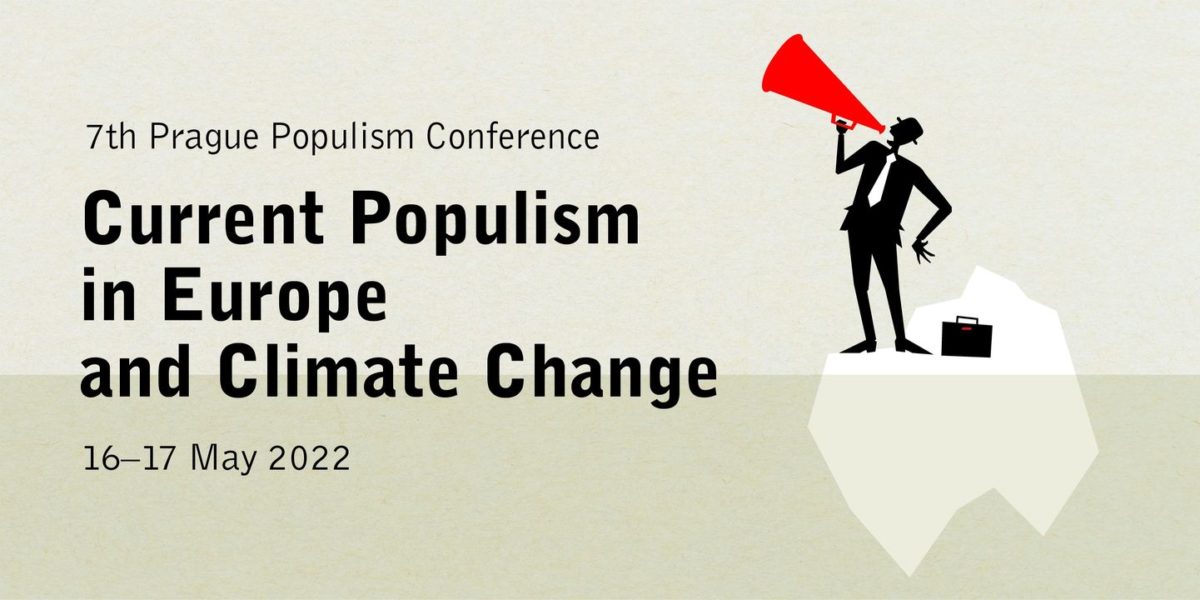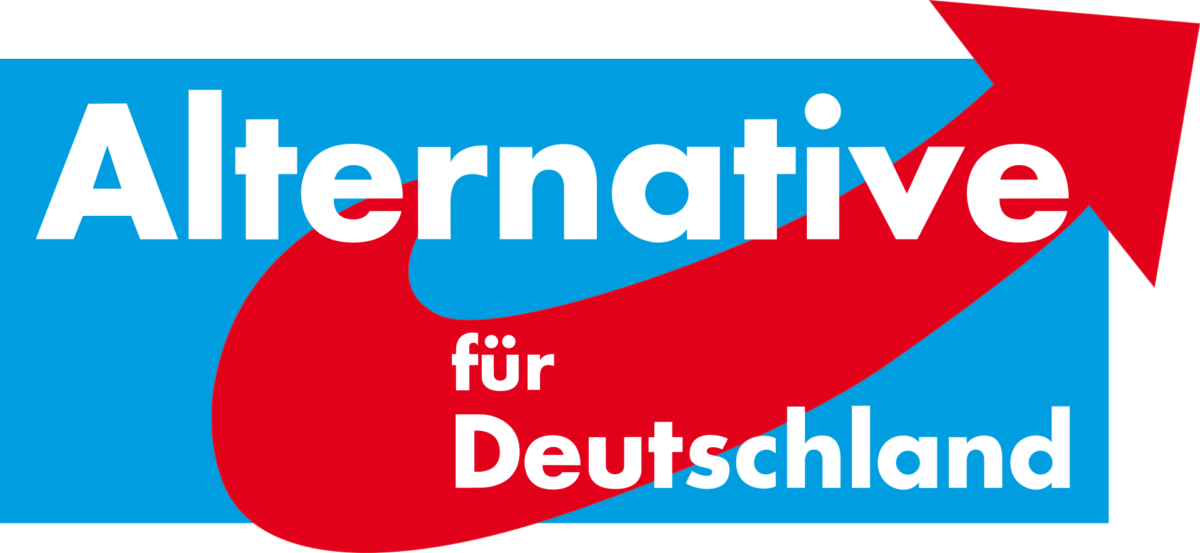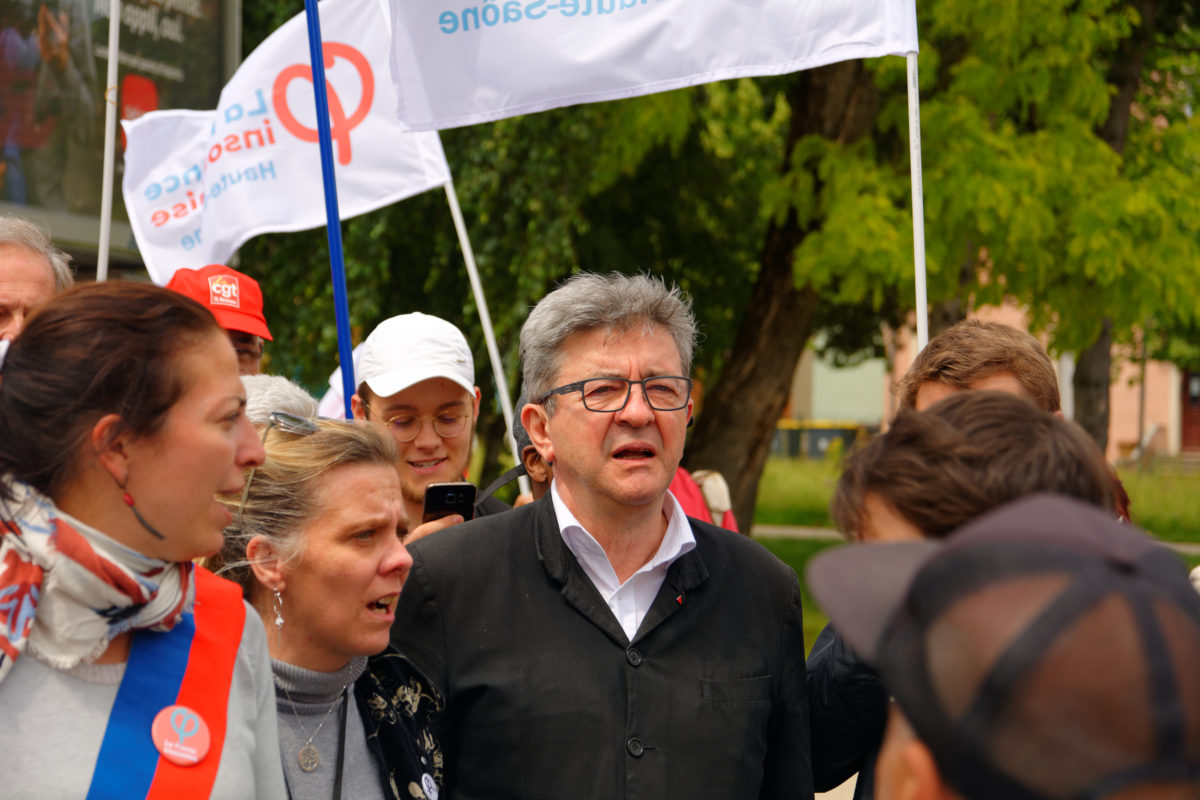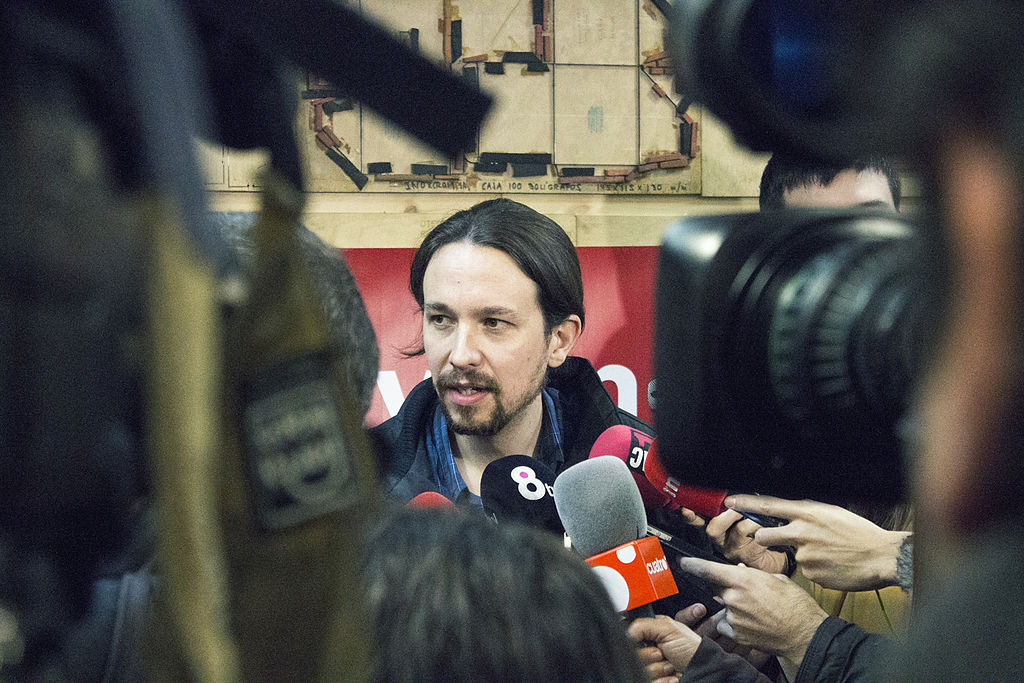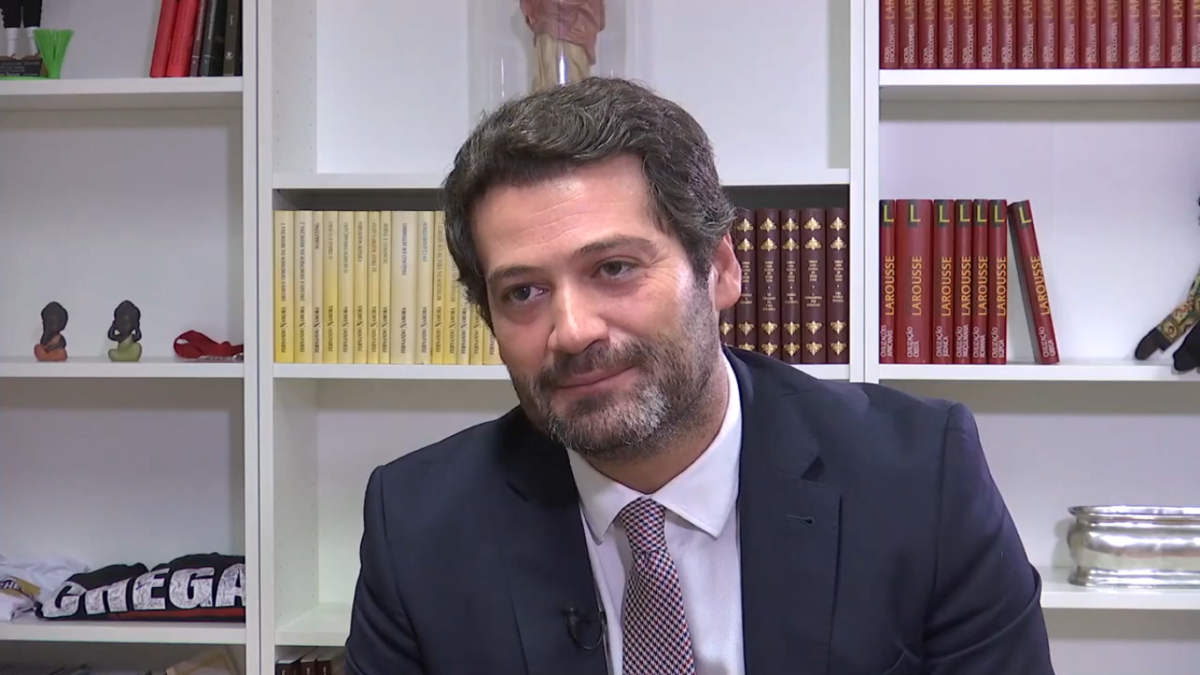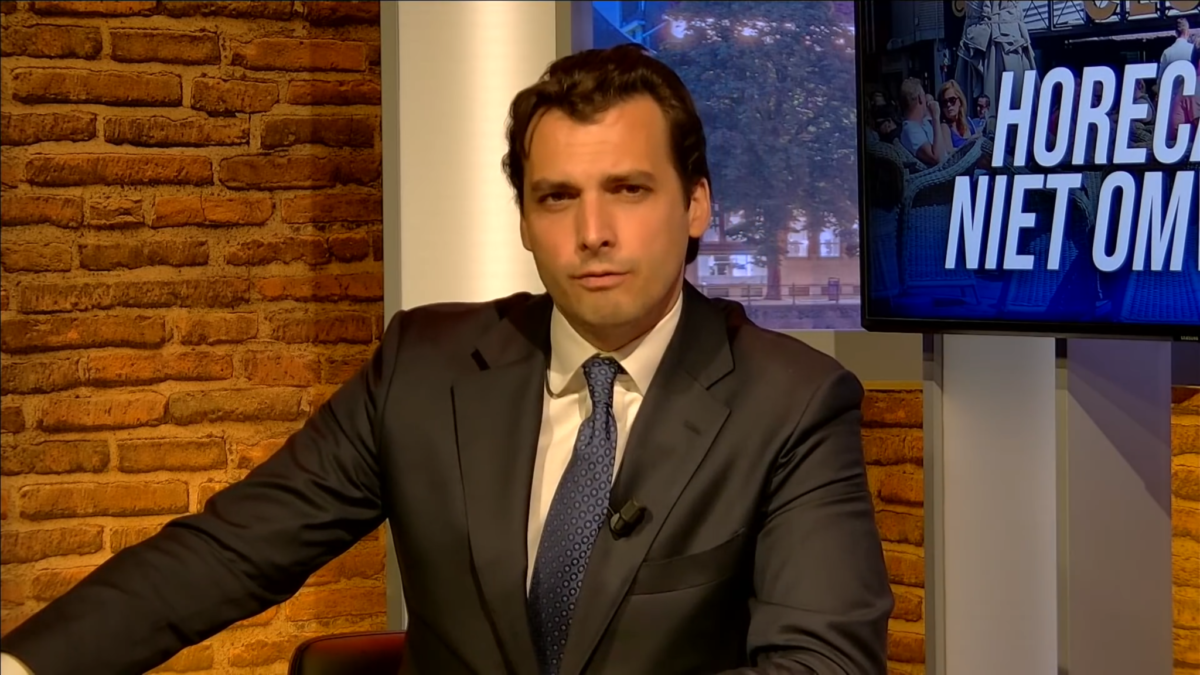The rise of Chega and its impact on the Portuguese party system
by Dr. Mariana S. Mendes (Technical University Dresden)
Portugal’s snap general election in late January 2022 made international headlines due to the incumbent left of centre Socialist Party (PS) gaining a surprise outright majority. This was a historic result for the PS, which had had to rely on the support of two radical left parties since 2015 in order to govern. At a time when many of the PS’ European counterparts struggle, it is little wonder social democrats elsewhere look to Portugal for inspiration.
Behind the overall image of stability, however, significant transformations are occurring in the Portuguese party system, particularly on the right. Traditionally occupied only by the centre-right Social Democratic Party (PSD), which remains the second largest party, and the Christian Democrat CDS-PP, the political right first showed signs of fragmentation in 2019, with the emergence of the populist radical right Chega and the Liberal Initiative (IL). In 2022, Chega and IL expanded from one seat apiece in the previous legislature to twelve and eight MPs, respectively. Increased competition by these new parties contributed to a disastrous result for the CDS-PP – a party that had been a reliable coalition partner for the PSD –, which was left with no seats in parliament. The PSD has also been impacted. By gaining a 28% vote share, the party did not manage to improve on its 2019 poll ratings, largely falling behind expectations. This is in itself evidence of a more polarised party system, as Chega and IL adopt more radical positions than the now defunct CDS-PP (Chega on both cultural and socio-economic issues, IL on socio-economic ones only).
Naturally, it is the rapid rise of the populist radical right that raises most eyebrows. Chega (meaning Enough) is now the third largest party in parliament. Established in 2019 by the former PSD militant André Ventura, the party leapt from 1.3% of the vote that year, to 7.2% in 2022. This result was not a surprise, though. Chega’s leader had already performed strongly in the 2021 Presidential election, garnering 12% of the vote, and opinion polling had been relatively stable between 2020 and 2022 (with Chega’s voting intentions generally oscillating between 5% and 9%). Though Chega had set its sights higher, it took the 2022 election result as a victory.
Chega’s rapid growth should not be regarded as the outcome of contextual circumstances specific to the current moment. Its low poll in 2019 (1.3%) is best explained by it being a brand new party then. Though it had already benefited from some media visibility before, it pales in comparison to the torrent of media attention that eventually came after obtaining a parliamentary seat. Moreover, researchers had already identified a latent social ‘demand’ for such a party, given the prevalence of ‘populist attitudes’ among the Portuguese population. Indeed, these attitudes are so widespread that it would be legitimate to wonder why Chega’s score is not higher, given that anti-elitism is central to the party’s discourse (for more on the party’s agenda, see here).
It is worth noting that Chega’s vote share remains below the average of radical right parties in Western Europe. While this may change over time, I have argued (with James Dennison) that Chega has not yet benefited from the ‘political opportunities’ that have aided many of its European counterparts, given the low salience of immigration as a concern amongst the Portuguese. This does not mean that the party has not been able to profit from nativism. In fact, Ventura does better in municipalities with higher shares of Roma people, whom his rhetoric often targets. Still, as Magalhães notes, Portugal seemingly remains ‘semi-detached’ from this world, given the salience of the socio-economic dimension to political competition, relating to specific socio-economic conditions and to differences in the class and educational composition of the electorate.
But if Chega’s rise clearly shows that there is a constituency for its claims, its influence on the election’s results might be even more profound. Though nobody can know for sure, pundits have frequently pointed out that the concentration of the left of centre vote in the Socialist party and an increase in turnout were at least partially the result of the fear of ending up with a right-wing majority that would include Chega. Voter’s rejection of Chega is quite high, judging by the fact that, among the leaders of major parties, André Ventura receives the most negative evaluations in opinion polls (with an overall score of 2,3 on a scale that goes from 0=very negative to 10=very positive, according to this ICS/ISCTE December 2021 poll). This is yet another example that supports the call for more research on ‘negative voting’ or the extent to which the rejection of certain parties affects the voting choices of sections of the electorate.
Despite the leader of the centre-right PSD stating during the campaign that his party rejected an alliance with Chega, his reassurances often seemed half-hearted or not unequivocal enough. He also showed his willingness to negotiate with the PS, but the centre-left seemed unreceptive to this. Fears of an arrangement with Chega were not unfounded, given the existence of a precedent at regional level. Following the 2020 regional election in the Azores, the mainstream right consented to a series of demands by Chega in exchange for its parliamentary support in the region. Amongst those demands was the reduction of ‘welfare dependency’ (‘subsidiodependência’), one of Ventura’s favourite policies and one on which convergence with the centre-right does not seem too difficult.
As elsewhere in Europe, the rise of the radical right in Portugal poses a challenge to the mainstream right and has spurred much debate on potential alliances, including within the PSD itself. The discussion is not settled and will likely be kept on hold until the next election. Much also depends on the future leadership of the PSD. Bringing together moderate parties is complicated, not least because Portugal has no tradition of ‘grand coalitions’ (one exception in the 1980s aside). The PS’ turn to the radical left in 2015 was interpreted by some as the start of enhanced ‘inter-bloc’ competition in Portuguese politics. What Portugal does have is a tradition of minority governments (though usually these have been of the centre-left). This means that the future inclusion or exclusion of Chega does not depend on the mainstream right alone, but could also hinge on the willingness of the centre-left to facilitate the governability of a minority right-wing government that excluded the radical right.
For now, the centre-left is firmly committed to a strategy of ostracising Chega. It excluded Chega from talks with other parties and defended rejecting the party’s candidate for vice president of the Parliament (the four largest parties get to nominate an MP to be vice president). This has sparked much discussion as to whether a cordon sanitaire approach is the best one, with the usual mix of principled and strategic arguments fuelling the debate. Considering the seminal work of Bonnie Meguid on mainstream parties’ strategies towards niche parties, the choice of an adversarial strategy might be unwise from a strategic point of view, if the goal is to prevent the growth of the radical right; the reason being that this strategy puts the radical right on the spotlight, contributing to increasing the saliency of its preferred issues. However, Meguid also notes that an adversarial strategy towards the radical right carries incentives for the centre-left, as it can contribute to weakening the centre-left’s most direct competitor, i.e. the centre-right (since the radical right competes directly with the centre-right for the conservative vote). Whether the Portuguese centre-left has principled or strategic considerations in mind, cannot be grasped very easily. But if the PS is inclined towards the former, it should consider that the rejection of Chega and its ideas does not necessarily require a permanent adversarial posture. In fact, a dismissive strategy may even work better, not least in a scenario where many of Chega’s ‘core issues’ seem of little importance to the average Portuguese citizen.
This piece of original analysis for the Populism in Action Project, is a guest post kindly written by Dr. Mariana S. Mendes of the Dresden Technical University. Her PhD on “Delayed Transitional Justice: Accounting for Timing and Cross-country variation in transitional justice trajectories” was awarded by the European University Institute in 2019. You can follow Mariana on Twitter here.


